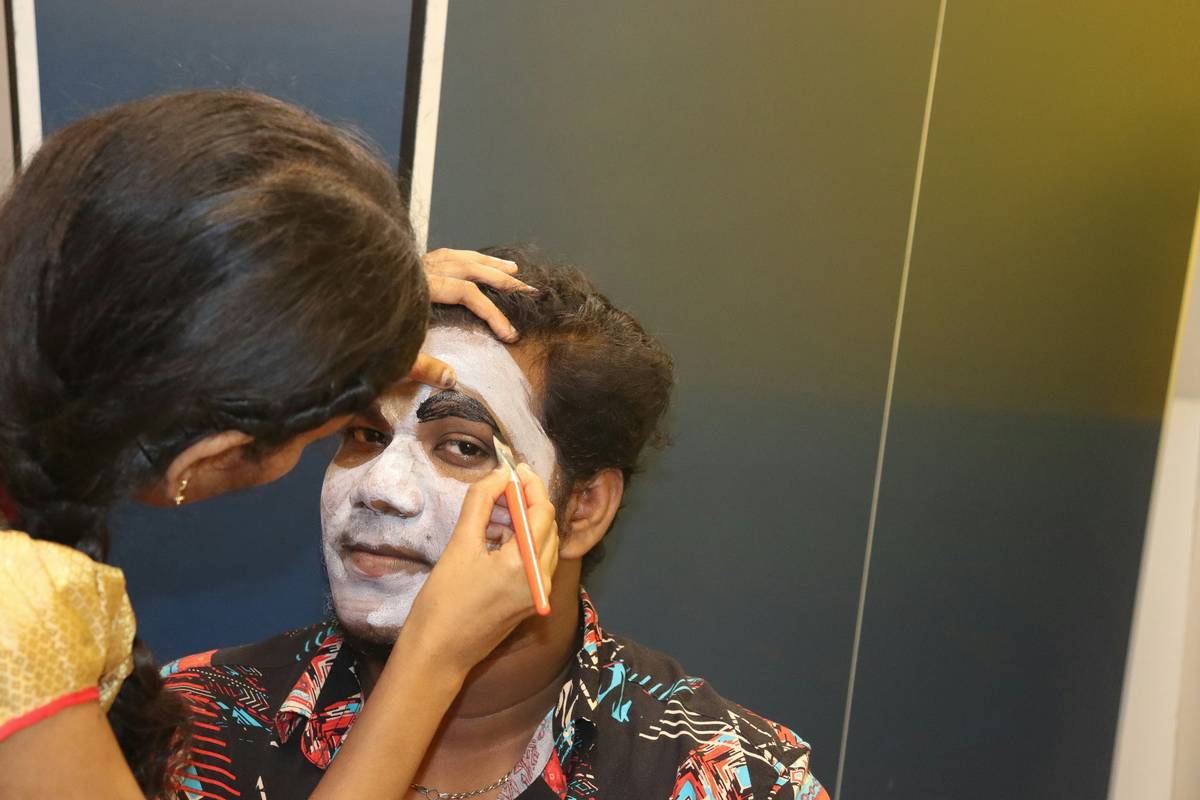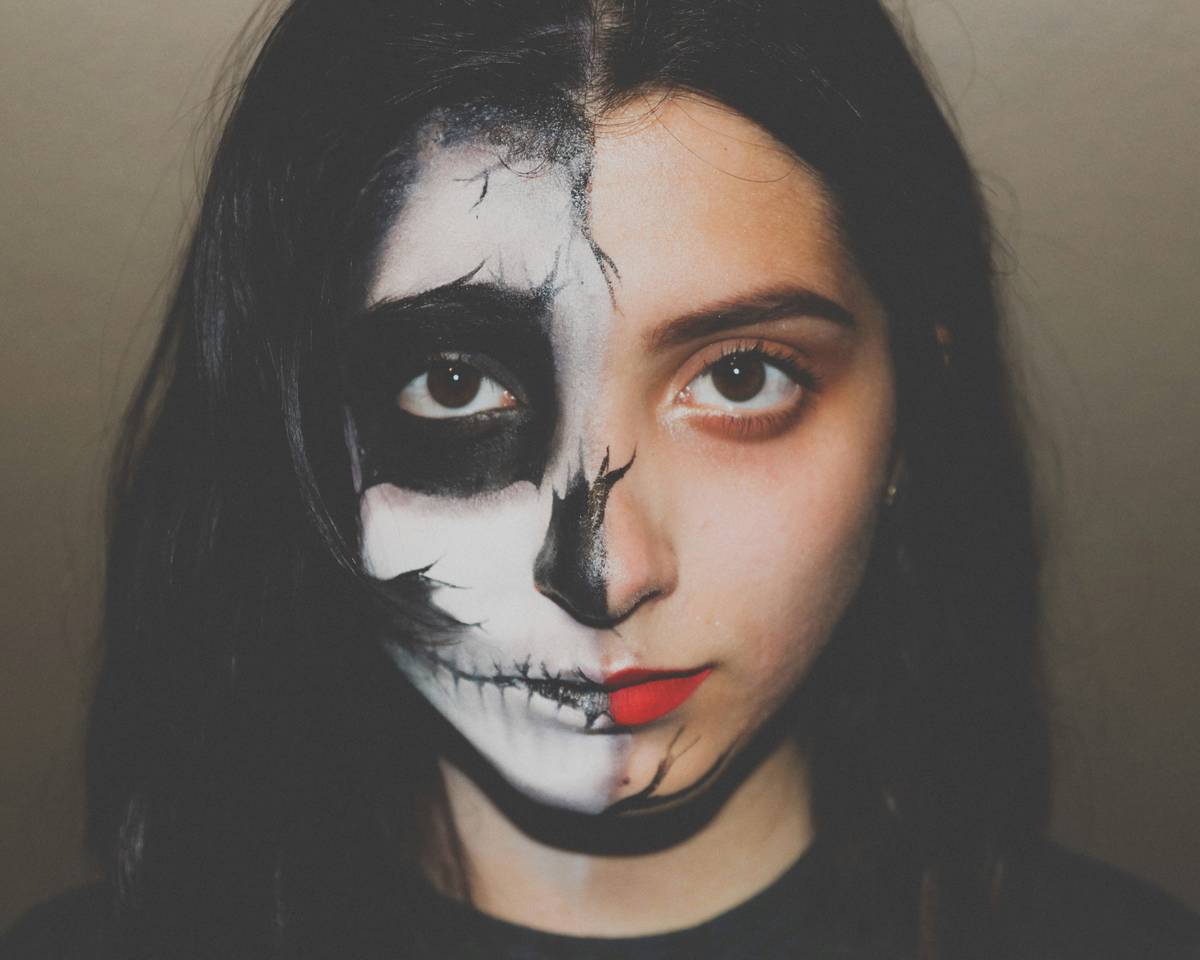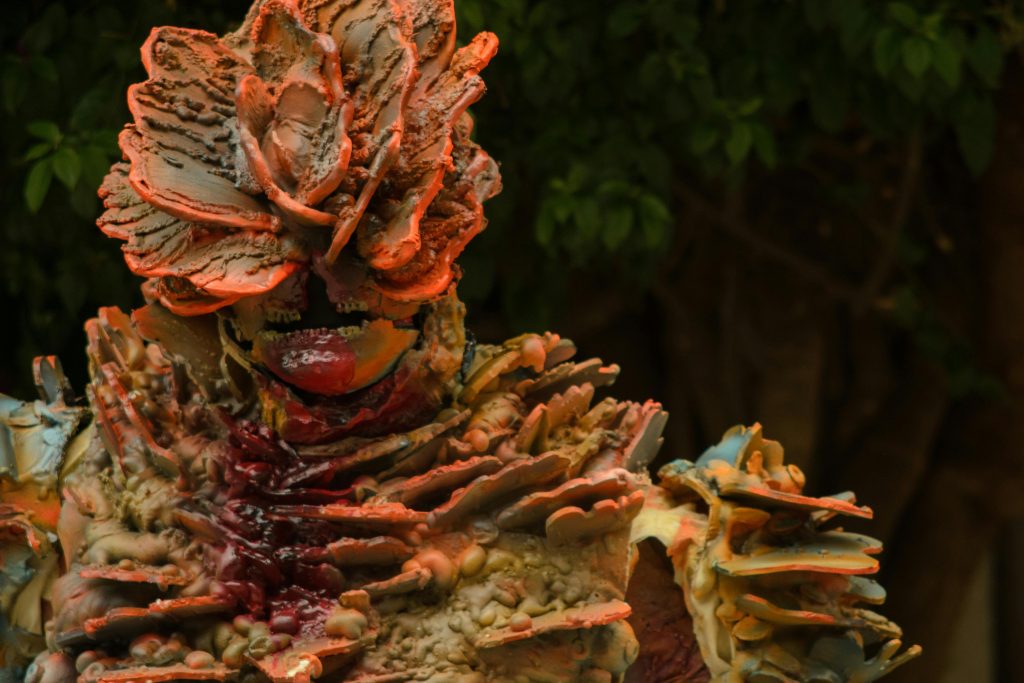Ever tried creating a gory wound for Halloween, only to end up with something that looked more ‘first aid kit’ than ‘horror movie’? Yeah, we’ve all been there. Latex special effects are the secret weapon professional makeup artists use to create jaw-dropping transformations—but they don’t have to be intimidating. In this guide, you’ll learn how to master latex techniques for Halloween makeup like a pro.
This post will cover:
- The basics of latex special effects and why they matter.
- A step-by-step tutorial on applying latex makeup.
- Tips, tricks, and must-avoid pitfalls.
- Inspiring examples from real-life Halloween enthusiasts.
Table of Contents
- Key Takeaways
- What Are Latex Special Effects?
- Step-by-Step Guide to Using Latex
- Best Practices for Halloween Latex Art
- Real-Life Examples That Nail It
- FAQs About Latex Special Effects
Key Takeaways
- Latex is versatile and perfect for creating realistic wounds, textures, and scars.
- Preparation is key—always patch test and prep your skin before application.
- Poorly blended edges can ruin the illusion; practice blending with care.
- Inspiration is everywhere—from horror films to Instagram trends!
What Are Latex Special Effects?
If you’re new to Halloween makeup, let’s start by explaining what makes latex so magical. This liquid wonder dries into a rubbery texture that mimics everything from zombie flesh to alien skin. It stretches, molds, and sticks seamlessly to your body, making it ideal for DIY horror effects.
Confession time: I once used too much latex glue under fake blood during a costume party. Let’s just say my hands smelled like a tire shop until November. Lesson learned? Always go light on adhesives unless you want to reenact “The Toxic Avenger.”
Why does this technique stand out? Imagine showing up at a Halloween bash looking like Freddy Krueger or an undead bride. With latex special effects, these looks become not just possible but also surprisingly easy to pull off—even if you’re a beginner.

Step-by-Step Guide to Using Latex
Step 1: Gather Your Supplies
You’ll need:
- Liquid latex (available at beauty stores)
- Makeup sponges
- Fake blood
- Blending brushes
- Cotton swabs for clean-up
Step 2: Prep Your Skin
Before jumping in, cleanse your skin thoroughly. Latex doesn’t play well with oils or lotions—it clings best to dry surfaces. Pro tip: Shave any areas where you plan to apply latex unless you’re going full werewolf vibes.
Step 3: Create Texture
Apply small amounts of latex using a sponge. Layer it strategically to build up dimension, such as raised scars or torn flesh. Blow-dry each layer briefly to speed drying time.
Step 4: Add Details
Use tools like toothpicks or spatulas to carve fine lines into dried latex for added realism. Then, paint over the latex with matching foundation tones and highlighters. Finish with dripping fake blood for drama.
Optimist You: “Follow these steps carefully!”
Grumpy You: “Ugh, fine—but only if snacks are involved.”
Best Practices for Halloween Latex Art
Tip #1: Test First!
Always do a patch test behind your ear to check for allergies. Latex sensitivity isn’t common, but when it happens, trust me—it feels like sandpaper rubbing against your soul.
Tip #2: Less Is More
Thin layers blend better than thick globs. If your effect looks bulky or unnatural, start over instead of forcing it.
Terrible Tip Disclaimer:
Please, please don’t try peeling off fully dried latex without remover. I learned this the hard way when half my eyebrow nearly came along for the ride.
Real-Life Examples That Nail It
Need inspiration? Check out @ZombieQueen_87 on Instagram who created an epic zombie apocalypse look entirely with latex effects. Or watch YouTube channels like HorrorMakeupTutorialHub—they’re chock-full of creative ideas. Warning: Don’t binge-watch their videos late at night unless ghost-induced insomnia sounds fun.

FAQs About Latex Special Effects
How long does latex last on skin?
Latex typically stays put for several hours but may crack if stretched excessively. Reapply as needed after eating or excessive movement.
Can you sleep in latex?
Nope! Sleeping in latex might sound edgy, but it’s not breathable. Remove it before bed using warm water and soap.
Where can I buy high-quality latex?
Look for reputable brands online or visit costume shops specializing in SFX supplies.
Conclusion
With these tips and tricks under your belt, you’re ready to conquer the world of latex special effects for Halloween makeup. Remember, preparation and patience are non-negotiable—but the results? Totally worth it.
“Like carving pumpkins,
but spookier—your face becomes the canvas.”


